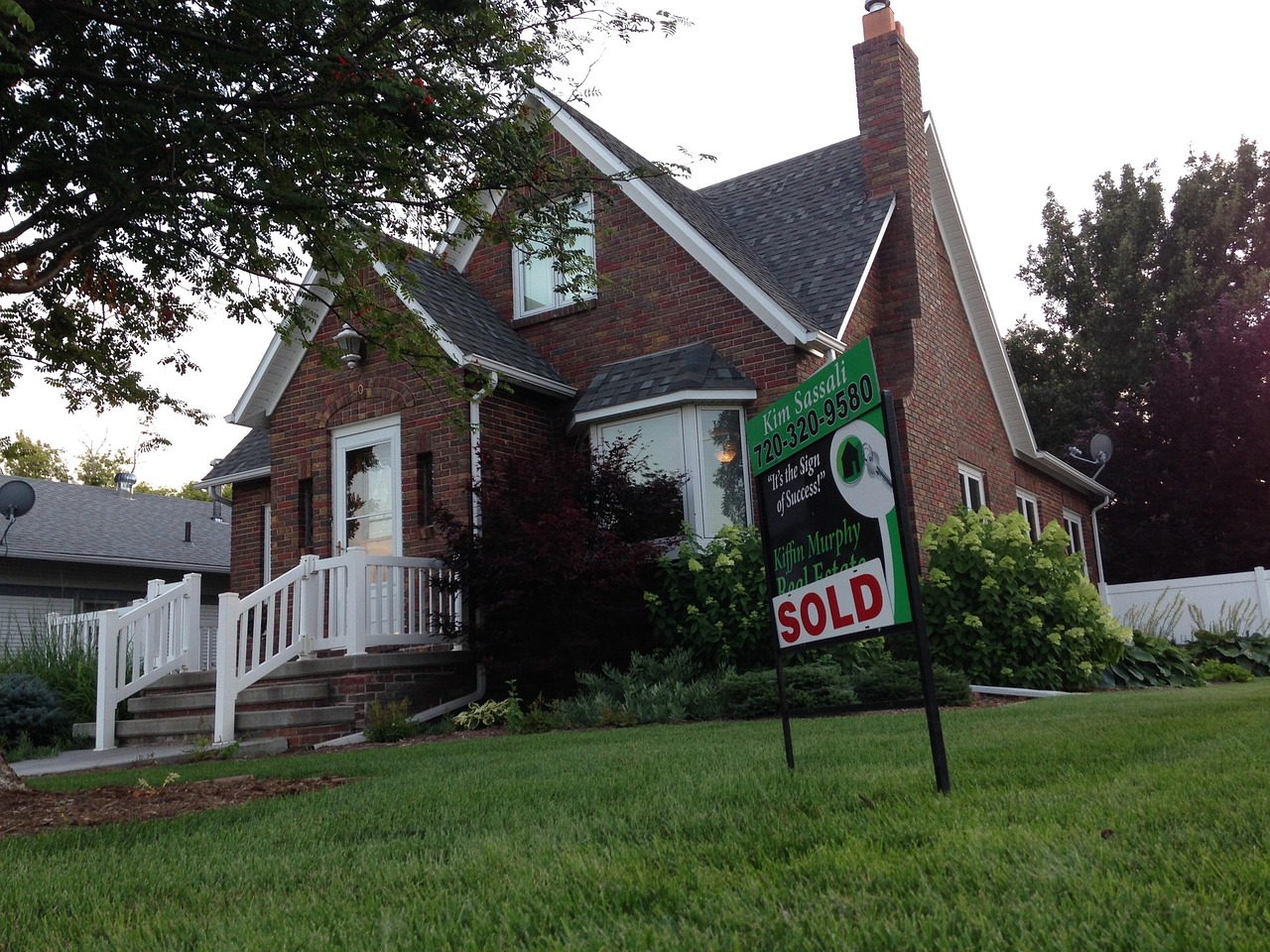From Tenant to Owner: Building Financial Foundations with Tangible Assets

For many people living in high-rent areas, owning property can feel out of reach. Rising rental costs often consume the very savings needed for a down payment, leaving tenants caught in a cycle of paying without building equity. Yet financial growth does not have to wait until property ownership begins. Therefore, this article examines how tenants can shift from spending to investing by using physical assets as stepping stones.
Pathways to Wealth Through Tangible Assets
Tangible assets give tenants more than temporary relief from high rent in the following ways:
Tangible Assets as Real Value Holders
Tangible assets differ from money spent on rent because they represent something you can physically own and measure. Real estate, gold, and silver carry value that does not vanish once you make a payment. For instance, Troy ounces, the standard unit of the precious metal industry, ensures their worth is recognized worldwide and makes them easy to exchange or sell across markets.
Protection during Market Instability
Stocks, currencies, and digital assets can lose significant value during recessions or inflationary spikes. Thus, tangible assets protect wealth by maintaining purchasing power when paper wealth declines. Additionally, real estate continues to offer shelter and rental income during downturns, while precious metals like gold often withstand inflation.
Practical Tools to Prepare for Property Ownership
Renters who want to own a home need more than long-term plans; they need concrete steps that move them forward. Building credit, lowering debt, and accumulating savings are essential, but tangible assets give those efforts added weight.
As such, a renter who buys small amounts of silver or gold coins gradually builds a reserve they can sell later to boost a down payment. These assets act as stored value, turning disciplined saving into something that grows stronger over time.
Diversification
Holding cash only exposes wealth to inflation. Additionally, depending on stocks is risky because of sudden losses during market downturns. Thus, tangible assets help spread these risks by bringing balance to a portfolio. For instance, real estate adds long-term stability and practical utility, while precious metals counteract inflationary pressures. Together, they complement liquid savings and retirement funds, ensuring that setbacks in one area do not collapse overall progress.
Legacy and Intergenerational Wealth
One of the overlooked benefits of tangible assets is their ability to last beyond a single lifetime. These assets provide a foundation that future generations can build upon, offering security that extends far beyond the original owner. For instance, a house can shelter children or serve as a source of rental income, while gold and silver maintain value for heirs to use when needed.
Accessibility and Entry Points
For many renters, a common barrier to ownership is the amount of capital required to purchase property. For instance, saving for a down payment can take years when rent consumes most of a tenant’s monthly income, leaving little room to set aside money. Thus, smaller tangible assets provide a practical starting point. Unlike real estate, which demands a significant upfront commitment, a renter can purchase items such as gold coins or small silver bars gradually.
These entry-level assets are also flexible. A renter can buy a single coin when their budget allows, hold it safely, and add to their collection over time.
Conclusion
While a house may remain a long-term goal, smaller tangible assets bridge the gap by giving renters a way to participate in wealth building now. For instance, gold coins can preserve purchasing power when inflation rises, while property acquired later provides stability and the chance to generate income. Over time, these purchases not only preserve value but also establish the financial discipline needed to move closer to property ownership.
Published 10/01/25